As the Städel Museum in Frankfurt celebrates its bicentenary, its dynamic director Max Hollein talks to Apollo about the museum’s forward-thinking founder and its recent progressive collaborations
‘The Städel Museum is an anomaly on the German museum scene.’ The Frankfurt institution is Germany’s oldest civic cultural foundation, and its director, Max Hollein, is explaining the nature of the museum he has been running since 2006. There are many aspects of the Städel which make it feel like a well-kept secret, which is undoubtedly a great part of its appeal to visitors. However, as the museum celebrates its bicentenary this year, with a series of special events and exhibitions and an ambitious digital programme, Hollein – an inventive, energetic figure, who has long been tipped for other big things – is thinking hard about how to raise the profile of this remarkable institution without changing what makes it unique.
Named after the Frankfurt merchant, Johann Friedrich Städel (1728–1816), the museum has been in its current home on the Sachsenhausen bank of the River Main since 1878. In his third and final will of 15 March 1815, Friedrich Städel left his entire fortune – 1.3 million guilders and his collection of nearly 500 paintings, 4,600 drawings and 10,000 prints – for the founding of a new public art museum and art school. Hollein is keen to stress the progressive nature of Städel’s will and how, in some senses, the 21st century has only just caught up with its terms: ‘There’s no other museum of this kind in Germany that has a lower rate of public funding,’ he says. ‘But if you look at it from an international perspective, the Städel was really one of the first museums where you have one founder, who was very forward-thinking in regard to how he wanted this foundation set up.’

Little Garden of Paradice (c. 1400), Master of the Garden of Paradise. Photo: Städel Museum/ ARTOTHEK
The museum’s relatively compact collection of 3,000 paintings (some 380 of which are on display) spans from the 14th century to the present day, and is divided into three distinct sections: Old Masters, modern and contemporary. Its greatest strength lies in its 17th-century Dutch and German holdings, the period on which Friedrich Städel himself focused, but the museum no longer possesses many of the paintings from the original, founding collection. Städel’s will explicitly stated that if better works could be found for the collection, more moderate works could be sold to pay for them. As Hollein puts it, ‘The idea of deaccessioning was already part of it.’
When Jochen Sander, the museum’s deputy director and curator of German, Dutch and Flemish paintings before 1800, is showing me round the Old Masters wing, we stop just before the entrance, where the walls are densely covered with paintings on either side of the main door. ‘Really the bulk was sold in the early 19th century,’ he says, ‘but we wanted to have this way of remembering that until the 20th century, the aesthetic of presenting painting was completely different – it was much more symmetrical and ordered, highlighting the top pieces.’ Here he points to a pair of Frans Hals portraits, before picking out a brothel scene by the Brunswick Monogrammist – ‘a sort of proto-Brueghel scene,’ he says, ‘a wonderful painting’. Once you walk through the double doors and into a vestibule, the museum puts the highlights of its collection right in front of you: here are the Flémalle Panels (c. 1428–30), for instance – three oil paintings depicting a Saint Veronica, Madonna with Child, and Mercy Seat from an otherwise lost altarpiece – which were once attributed to the Master of Flémalle, but are now thought to be by several hands, including Rogier van der Weyden, in the workshop of Robert Campin. The sculptural trompe l’oeil of the Mercy Seat, in which Christ seems about to slump out of the frame, is particularly striking.
Under the directorship of the great German art historian Johann David Passavant, the Städel’s Inspektor (curator) from 1840 to 1861, the museum acquired masterpieces such as Jan van Eyck’s Lucca Madonna (c. 1437) and built up the largest collection of Raphael’s drawings in Germany. Later, with the help of a supporters’ group founded in 1899, the museum bought major works including Cranach the Elder’s Altarpiece of the Holy Kinship (1509). It also has an exquisite Venus by him (1532) and Rembrandt’s The Blinding of Samson (1636), the kind of large-scale Biblical scene that, as Jochen Sander points out, ‘would never ever have appealed to Städel’s taste’ – nor, he adds, would the painting have fitted into Städel’s house on the Rossmarkt, where the museum remained until 1833.
Hollein has been an effective champion of the works and curators under his wing. He says of Sander, for example, ‘Obviously he’s one of the most esteemed scholars in his field, but he’s transformed himself into a major force in programming.’ The director, who is in his mid forties, comes from a distinguished – and far more contemporary – background, both professionally and familially. On the one hand, his father is the late Pritzker-Prize winning Viennese architect Hans Hollein; on the other, after studying art history and then business administration, Hollein’s first proper job in museums was at the Guggenheim in New York, working for then-director Thomas Krens in the late 1990s. ‘At first I was an assistant curator, but low down the rank, and then after half a year he asked me if I wanted to be his executive assistant, and I became chief of staff, and then all sorts of job titles – but basically I was working for him in whatever capacity was needed.’
As Hollein says, ‘It was really the heyday of the Guggenheim expanding.’ But although working for Krens, as the museum opened a satellite in Bilbao and outposts in Las Vegas and Berlin, was utterly formative for Hollein, he’s very clear that the Guggenheim is not a model that can simply be replicated by other museums. ‘Obviously the Guggenheim is a very debated institution; on the other hand, if you look at a lot of things that are happening now, the Guggenheim showed a certain way forward – and I’m not saying that it’s the way for all institutions…It was the right answer for that particular institution, with that kind of idea, for an institution struggling with the smallest endowment [for a modern art museum] in New York.’
Hollein’s decision to move to Frankfurt, a city that doesn’t attract cultural tourism in the same way as London, New York, or even, as he points out, his home city of Vienna, may seem surprising. He was, however, determined to run his own institution and jumped at the chance to run the Schirn Kunsthalle – one of the last Kunsthalles not devoted solely to exhibitions of contemporary art – in 2001. And this is where it begins to seem that if the Städel itself is an anomaly in the German museum scene, then Hollein may be something of one too, not just in Germany, but among museum directors worldwide. For he is actually the director of three very different Frankfurt institutions.
After running the Schirn for five years, Hollein was asked to run both the Städel and the Liebieghaus, the municipal sculpture museum right next door to it. He agreed, on condition that he could remain as the director of the Schirn, and struck an ingenious bargain with the Städel and Liebieghaus. In order to circumvent the necessary bureaucracy involved with directing a municipal organisation, which Hollein was keen to avoid, the Städel has a management contract to run the Liebieghaus. And what was the appeal of the Städel for him? Hollein says, ‘I felt that with all this discussion of how can we sustain our cultural institutions, and the public sector coming under pressure, that the set-up of being a civic cultural institution – meaning a museum for citizens, from citizens – is something that is probably the most future-orientated way of running an institution in the next decade.’ As for the practical challenge of dealing with two boards, two balance sheets (the Städel and Liebieghaus have the same accounts), two accounting processes and different staffs, Hollein says: ‘It is a lot of juggling, but it’s also super-invigorating, and I like all the different attitudes.’
Hollein likes to stay close to the programming – and when he was the director of just the Schirn, curated three shows a year himself. Now that he runs three institutions, this is no longer possible of course, nor does Hollein seem to think it desirable: ‘I’m more interested in creating opportunities, building institutions, having a very dynamic environment and being able to develop programming together with the curators.’ However, in his office, there is a model of the mise-en-scène for a show of Georg Baselitz’s Hero paintings of 1965–66 that he will curate at the Städel next year. Hollein explains the idea behind this very focused exhibition: ‘I thought it would be very interesting to zoom in on one moment of his career, his oeuvre, which stands for a lot of the rest, but which is also so important for the understanding of German history and for his painterly development.’
The Städel may be small compared to many museums with holdings of a similar quality, but it has what Hollein calls ‘an encyclopaedic spine’ and, particularly since the museum agreed permanent loans from the Deutsche Bank Collection in 2008, it tells a very good story about German painting over 700 years – whether you’re interested in medieval paradise-garden paintings or large-scale works by Anselm Kiefer. And while Johann Heinrich Wilhelm Tischbein’s Portrait of Goethe in the Roman Campagna (1787) may not be the finest painting in the collection, it is perhaps the genius loci in terms of conveying the museum’s origins as a German outpost of the Enlightenment.
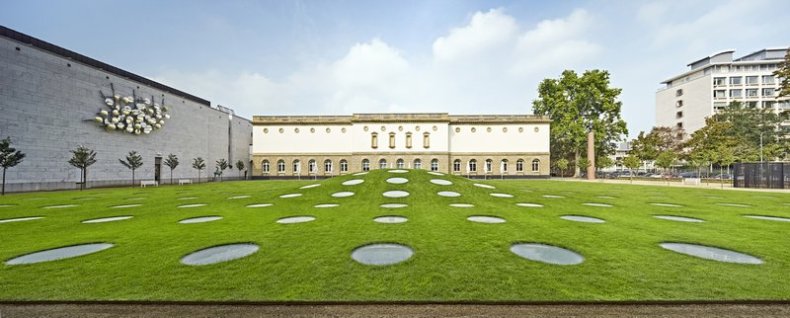
The Städel Museum’s underground extension, completed in 2012 and designed by Scheider and Schumacher, viewed from outside. Photo: Städel Museum
In the last few years, the Städel’s spine has been elongated, as it were, by the building of the underground extension, which opened in 2012, adding 3,000 square metres of space for the museum’s contemporary art collection. Designed by Schneider and Schumacher, a Frankfurt firm of architects, the extension is an ingenious, witty, and remarkably unobtrusive addition to the museum’s existing 1878 main building, and the 1990 addition by Austrian architect Gustav Peichl. Buried under the garden of the existing courtyard, by day the subterranean gallery is lit by 195 skylights in the roof. At night, the skylights illuminate the garden.
Max Hollein seems to have been the kind of client architects pray for: ‘What I promised all the architects, because obviously at the beginning there was no money there and no collection, I said: “This is going to be one of the fastest museum building projects that you will experience.” Because I had watched with my father what a cumbersome process this is, especially if someone starts without money.’ He kept his word: from the beginning of the competition involving six practices to the completion of the building took only four years, and €26 million of the €52 million project (of which €18 million was for the refurbishment of the existing museum) was raised from private sources.
Frankfurt may be the financial capital of mainland Europe, but here the culture of giving remains discreet. And while there is a long tradition of civic support, to which the Städel owes its existence, Hollein says, ‘You have to really energise the situation. You have to, as always, have fairly clear goals and a certain reputation of being able to reach them, in a very practical and also financially sensitive way.’ Hollein is speaking self-deprecatingly about his achievement. The Städel receives only 15–16 per cent of its funding from the state; a reversal of the position of all other major German museums. ‘Frankfurt – speaking in slightly flippant terms – it has a slight minority complex towards Berlin. A little bit similar to the situation between Chicago and New York. So for me it’s always good when the government in Berlin decides to put another €100 million of public money into the museums – then I’ll always go to Frankfurt and say, look, we have to show them that there’s a different way to do it.’
The biggest coup during Hollein’s time as director has been the negotiation of two big loans of works from the Deutsche Bank and DZ Bank collections. Hollein emphasises that it is not, in fact, accurate to call them permanent loans, preferring to see them as ‘complicated contracts, because what I really wanted to prevent is that these [works] would ever leave these premises’. The terms of the Städel’s arrangement with Deutsche Bank are private, but in the case of works from DZ Bank’s photographic collections, no party is allowed to cancel the contract and if DZ should cease to exist, Hollein explains, ‘We have founded a non-profit company which is actually the holder of these things, and we have the right to buy each and every work at its historical acquisition price.’ So if the worst comes to the worst, the Städel will have the option of buying the photograph by Andreas Gursky that now hangs in the contemporary wing for only €4,000.
The Deutsche Bank loan of 600 works includes contemporary paintings that the museum could never hope to purchase through its own acquisition funds, such as Gerhard Richter’s Boat Trip (1965). But such arrangements are not about acquiring highly valued works for the sake of it, as Hollein explains: ‘It’s not only about what you’re able to show, but how you build the collection as a membrane and as a memory, as a possibility of telling different stories.’
Hollein was the favourite to become the director of the Centre Pompidou in 2013, according to many French and German museum-watchers. ‘Obviously,’ he says, ‘at some point I will do something else, and for me the main issue is not size. The question is where can you really have an interesting cultural voice and where can you be part of a transformative process.’ As the Städel turns 200, there’s no doubt that the institution has been transformed by its current director. It will be interesting to see where both are heading next.
From the April 2015 issue of Apollo: preview and subscribe here
Unlimited access from just $16 every 3 months
Subscribe to get unlimited and exclusive access to the top art stories, interviews and exhibition reviews.

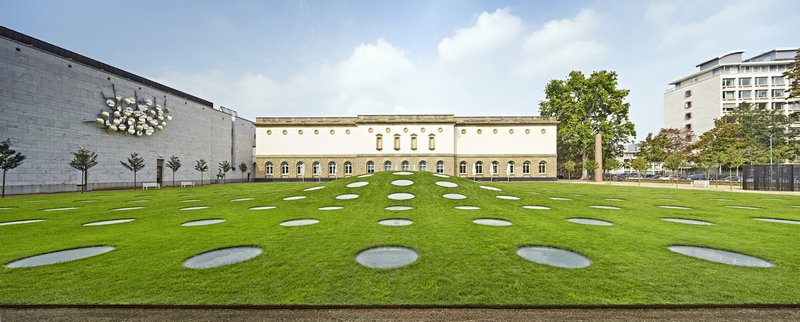



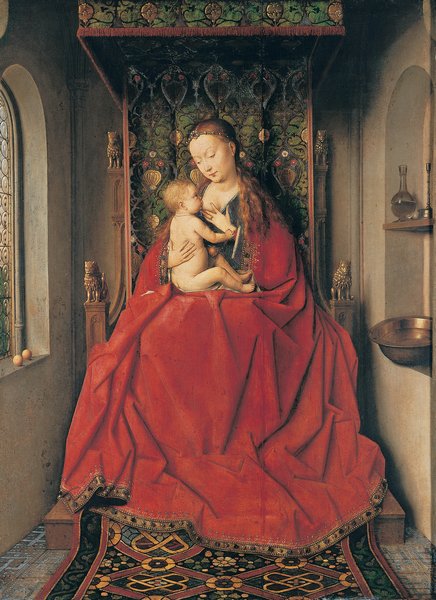
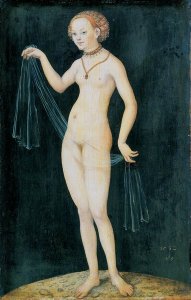
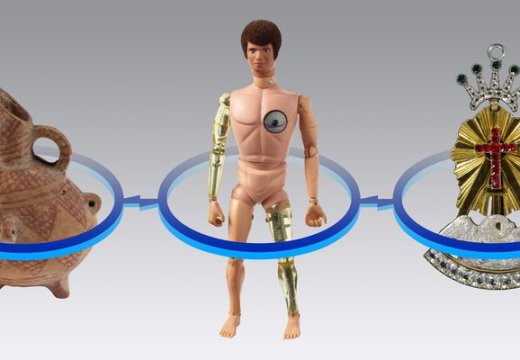
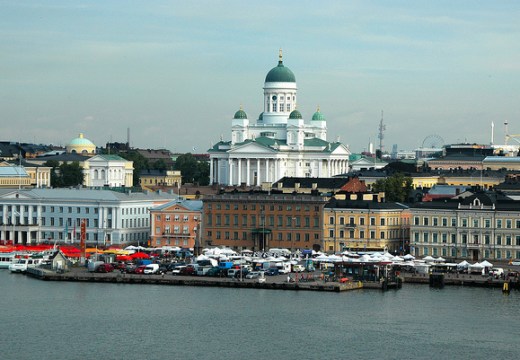
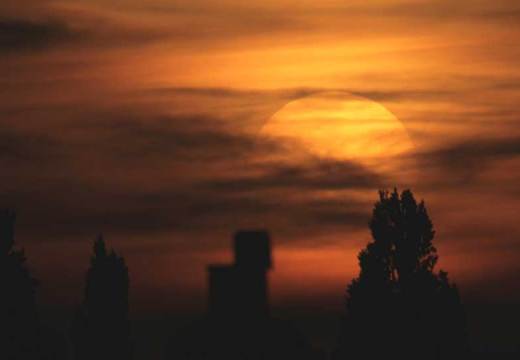









![Masterpiece [Re]discovery 2022. Photo: Ben Fisher Photography, courtesy of Masterpiece London](http://www.apollo-magazine.com/wp-content/uploads/2022/07/MPL2022_4263.jpg)
It’s time for the government of London to return to its rightful home